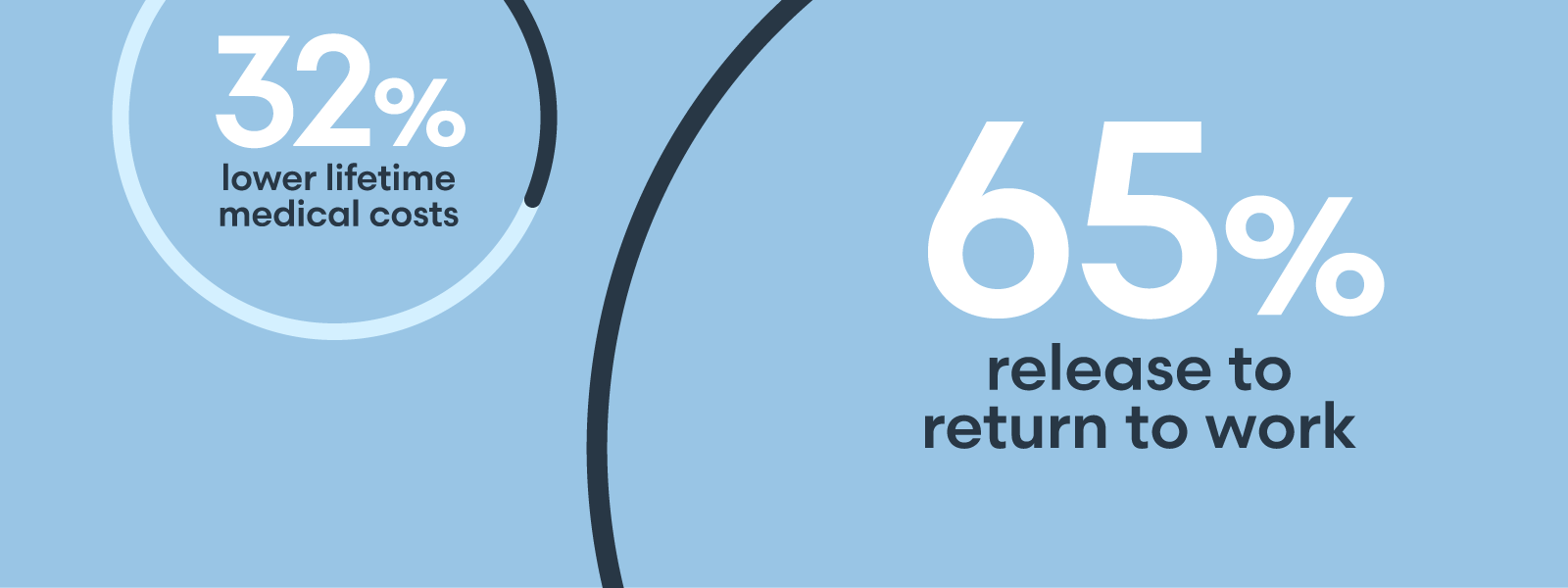

To understand the potential for enhancing healthcare risk management with AI/ML, it's helpful to assess the current state of medicine. In the United States, the practice of medicine has many layers of complexity, with intrinsic variability. Healthcare systems, processes and best practices are all variable. Variability in itself is not the problem, though. Because no patient is exactly like another, delivering healthcare always will and always should be variable — to administer the appropriate treatments to individual patients.
The spirit of the Hippocratic Oath is to "do no harm," but in fact healthcare has done harm over the years due to its lack of standards. The Institute of Medicine's landmark 1999 report on medical errors highlighted many gaps. Healthcare should have seized on those gaps and created a cohesive set of best practices to fix them. For various reasons, that did not happen, and even though many great ideas have emerged since then, the industry sill does not have a pervasive set of standards and best practices to mitigate the risks of errors.How AI/ML can help
Training. Clinicians have continuing education requirements, but in many cases specific training is optional. AI can play a role in simulation training, such as enabling surgeons to simulate procedures. Team training for obstetricians is another area where AI can make a difference, especially as more experienced members of obstetrical teams retire. Whether in surgical suites or labor and delivery rooms, clear communication among team members is critical. A Coverys study of maternal/fetal risks found that clinical judgement was cited as a factor in 53% of OB-related claims. Communication was the second most cited factor, at 13%. Within clinical judgement, a top issue was inappropriate management of labor and delivery. Better training can make a difference in reducing communication errors and improving patient management.
Staff resources. Healthcare has a potential for physician shortages, particularly in rural areas. As more care is shifted to nurse practitioners and physician assistants, those clinicians will need more resources that ever. AI can provide valuable information resources during care episodes, especially if it's embedded in electronic medical records.

Robert Hanscom is Vice President, Risk Management and Analytics, at Coverys, which through insurer Medical Professional Mutual Insurance Company and its subsidiaries is an innovative provider of medical malpractice insurance dedicated to helping policyholders anticipate, identify and manage risks to reduce errors and improve outcomes.
Lorem ipsum dolor sit amet, consectetur adipisicing elit, sed do eiusmod tempor incididunt ut labore et dolore magna aliqua. Ut enim ad minim veniam, quis nostrud exercitation ullamco laboris nisi ut.
Lorem ipsum dolor sit amet, consectetur adipisicing, sed do eiusmod tempor incididunt ut labore et dolore magna aliqua. Ut enim ad minim veniam, quis nostrud exercitation ullamco laboris nisi ut. Ut ad minim veniam.
Vestibulum ante ipsum primis in faucibus orci luctus etel ultrices posuere cubilia Curae.
Lorem ipsum dolor sit amet, consectetur adipisicing elit, sed do eiusmod tempor incididunt ut labore et dolore magna aliqua. Ut enim ad minim veniam, quis nostrud exercitation ullamco laboris nisi ut.
Sed ut perspiciatis unde omnis iste natus error sit voluptatem!
Nemo enim ipsam voluptatem quia voluptas sit odit aut fugit!
Ut enim ad minima veniam, quis nostrum exercitationem ullam!

"Et harum quidem rerum facilis est et expedita distinctio!"

"Nam libero tempore, cum soluta nobis est eligendi."

"Temporibus autem quibusdam et aut officiis debitis!"